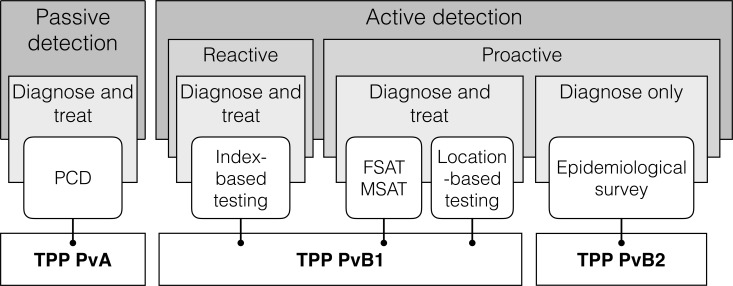Fig 1. Malaria testing strategies and TPP coverage.
Testing strategies are typically classified as passive and active detection where passive detection concerns symptomatic cases and active detection all infections, symptomatic or not. Passive detection is used for the confirmation of symptomatic suspected cases presenting to the healthcare system where treatment is based on a positive parasitological test (PCD: passive case detection). Active detection is typically divided as reactive and proactive detection where reactive detection consists of the active screening of a set of individuals linked geographically or sociologically to an index case for infection detection and treatment. Proactive detection can either be linked with treatment in focal screen-and-treat (FSAT) or mass screen-and-treat (MSAT) interventions or in location-based testing (e.g. boarder screening) or be independent of treatment in epidemiological surveys. The coverage of each of the three TPPs for P. vivax diagnostic tests, PvA, PvB1 and PvB2, is indicated in relation to these testing strategies. The classification of intervention types is adapted from [36].

